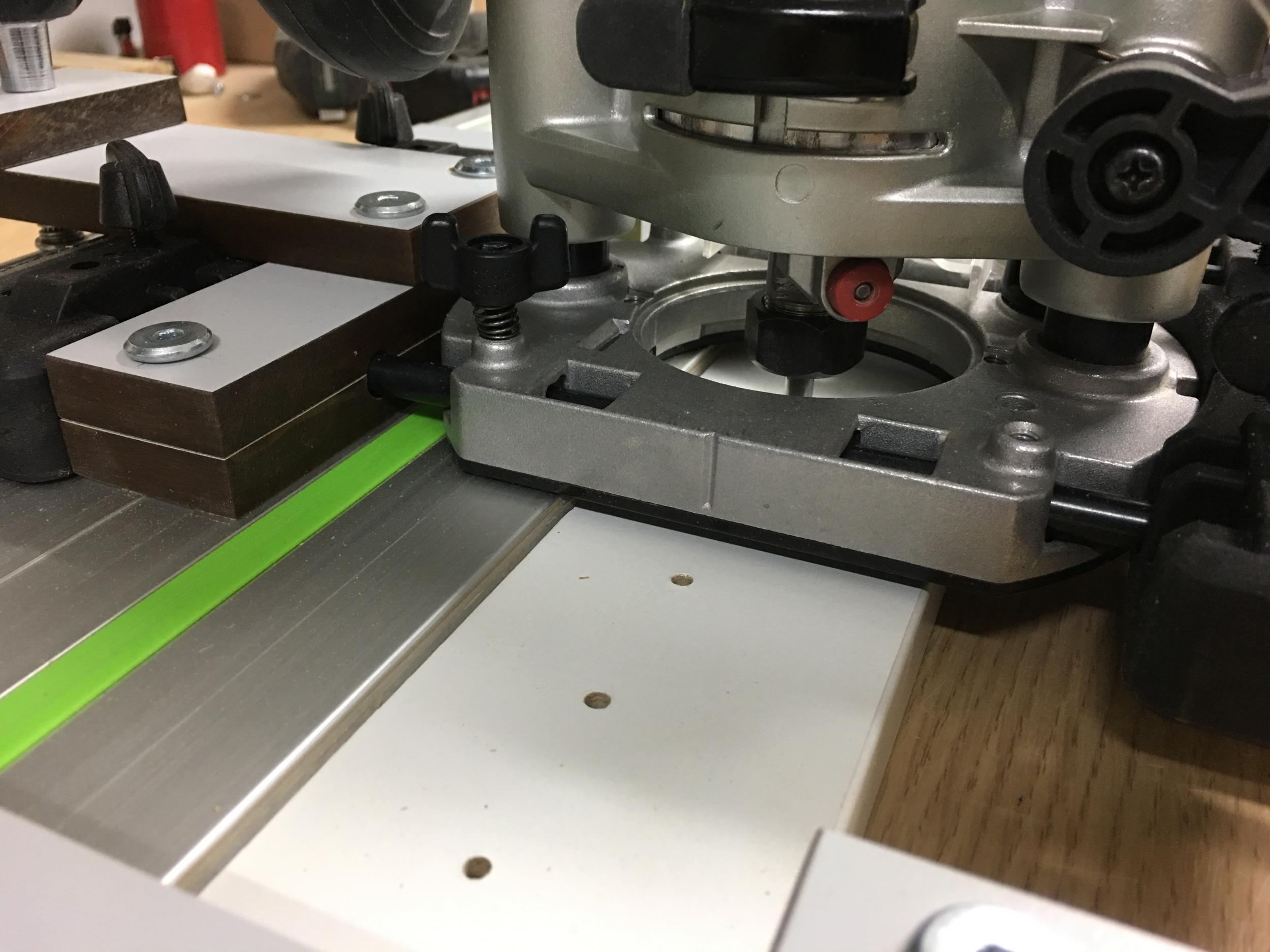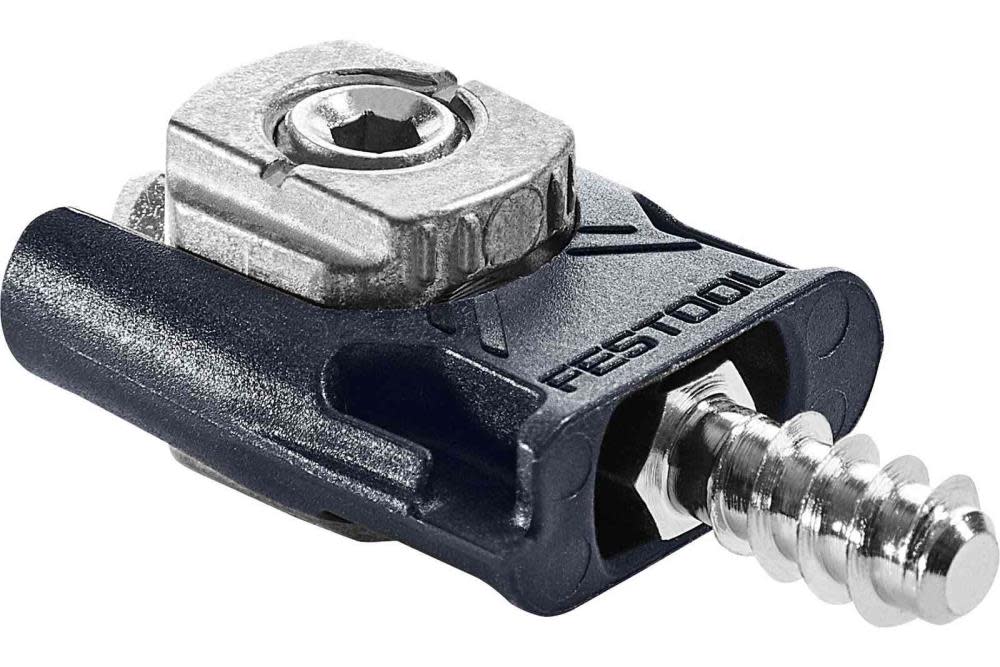

Note, centering mandreal and thumb screws to mount 1010 off to the side(take a close look, left of center, you can see the pin that drops into the holes in the rail.)īase with OF1010 mounted, use centering mandreal and thumb screws. Just screw the guide to the base of the 1400, screwdriver is in one of the two screws. I don't have the OF1010 (yet), so pictured is the OF1400. The first thing that needs to be done is to mount the guide plate to the router.

The settings you will need may be different.
FESTOOL LR32 FULL
In this tutorial I will be making a sample of a frameless, full overlay cabinet, the settings I use here are for my particular hinge. PS: If you know any of this info to be incorrect, please let me know, thanks. OK now that we know what the parts look like, we can get started on the how-to for the standard use of the LR32! Guide plate, centering mandrel, mounting screws for OF1400. Here are some pictures of the parts to the LR32 system. The parts in bold that are not included in the kits are necessary for standard use of LR32. Router, drill bits, rail(s) and clamps not included.

~ Part # 583290, Hole Drilling System for OF 1010/1400 Routers: Guide plate with centering mandrel and two side stops, two end stops. ~ Part # 58329, Festool LR 32-SYS Hole Boring System For OF 1010 & 1400: Includes: Guide Plate, Centering mandrel, 2 side stops, 2 end stops, 2 clamps, 35mm carbide-tipped hinge-location bit, two 5mm carbide-tipped dowel drills in #1 Systainer.

As others have posted on this site, you don't have to buy the entire kit, you can just buy the parts you want. I have tried poplar, cherry, pine, oak and birch ply with no problems. I have had success with this bit, I use the router on speed setting #1, the slowest setting. Next, some have said that the Festool 35mm bit will not cut into wood, stating the router spins the bit too fast and only burns the wood. I use the KISS II system which has the first hole staring at 35mm so I had custom bars machined to facilitate that.In a couple of recent threads there has been some confusion about the LR32 hole drilling jig, this thread will address some of the questions that seem to keep popping up here and around the net.įirst the LR32 will fit the OF1010 and the OF1400, I don't know for sure, but I assume the 1000 will fit also. There really isn't a single answer.įor doors, the cup hinges on the doors are centered between 32mm holes so if you start with 16 up and out for the cabinet sides, you need to drill the cup hinges with 32 up and out on the doors and vice versa. I have other slides where the hole is 16mm from the bottom and some where it is 25mm from the bottom. 32 up and out has your first hole at 32mm or 64mm Since 48 isn't enough, 32 isn't either so your first hole would be best placed at 64mm. Subtract 19mm from 48 and you only have 29mm but need 37. Since you have a 19mm bottom on the cabinet, 16 is out which leaves 48 as your first hole. If you use 16 up and out, your first hole will be a 16 or 48 mm.
FESTOOL LR32 SERIES
Blum 563 series slides have the hole 37mm up from the cabinet side. You then need to figure out where you need the holes based on the thickness of your tops and bottoms for the cabinets, and the drawer slides you are using. The most basic answer is that 16 up and out will set the center of the first hole 16mm from the top or bottom and 32 up and out will set the hole 32mm from the top or bottom.
FESTOOL LR32 PLUS
When you use 9.5 up and out, the sides will be a multiple of 32mm, PLUS 19mm to accommodate the top and bottom in the Ikea paradigm. Whether you use the 16 up and out or 32 up and out, the sides will be a multiple of 32mm. So why 9.5? Tops and bottoms are 19mm thick. In this case, think of how Ikea joins tops and bottoms to sides as an example. You'll note, too that there's a 9.5 setting for those cases when you use Confirmat screws to join sides of a cabinet to the top or bottom of the cabinet. When you put 32 up and out, you can set the system to put the first hole 32mm down from the top (or 32mm up from the bottom). This setting can also be used to set the top hole 16mm down from the top of the casework (or up 16mm from the bottom of the casework). When you use the 16 up and out, the stop block can be used as a temporary spacer so that two LR 32 rails can be joined end-to-end while maintaining correct spacing to continue the 32mm system spanning both rails without error.


 0 kommentar(er)
0 kommentar(er)
